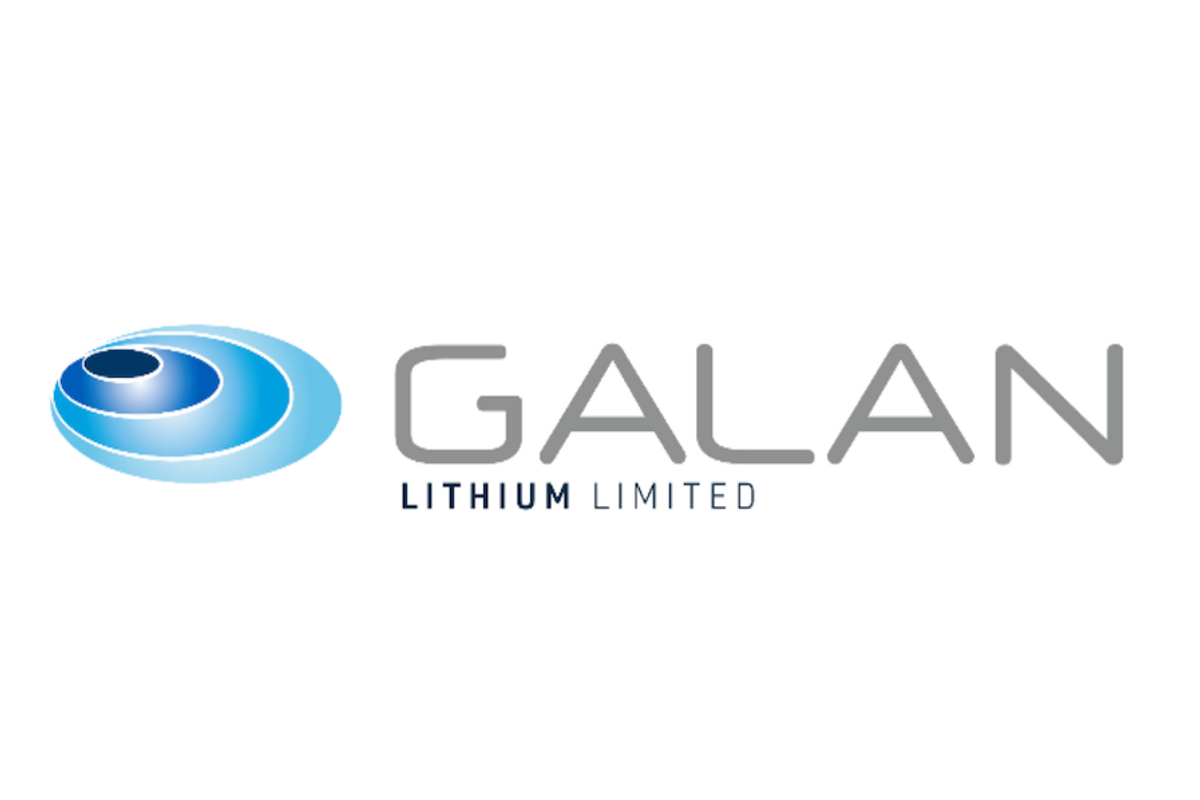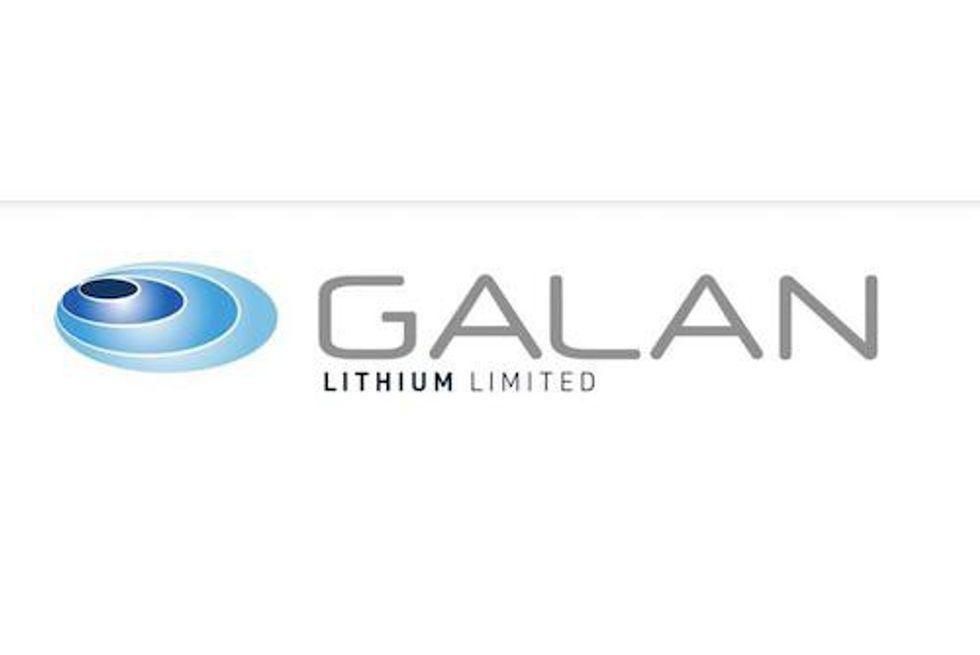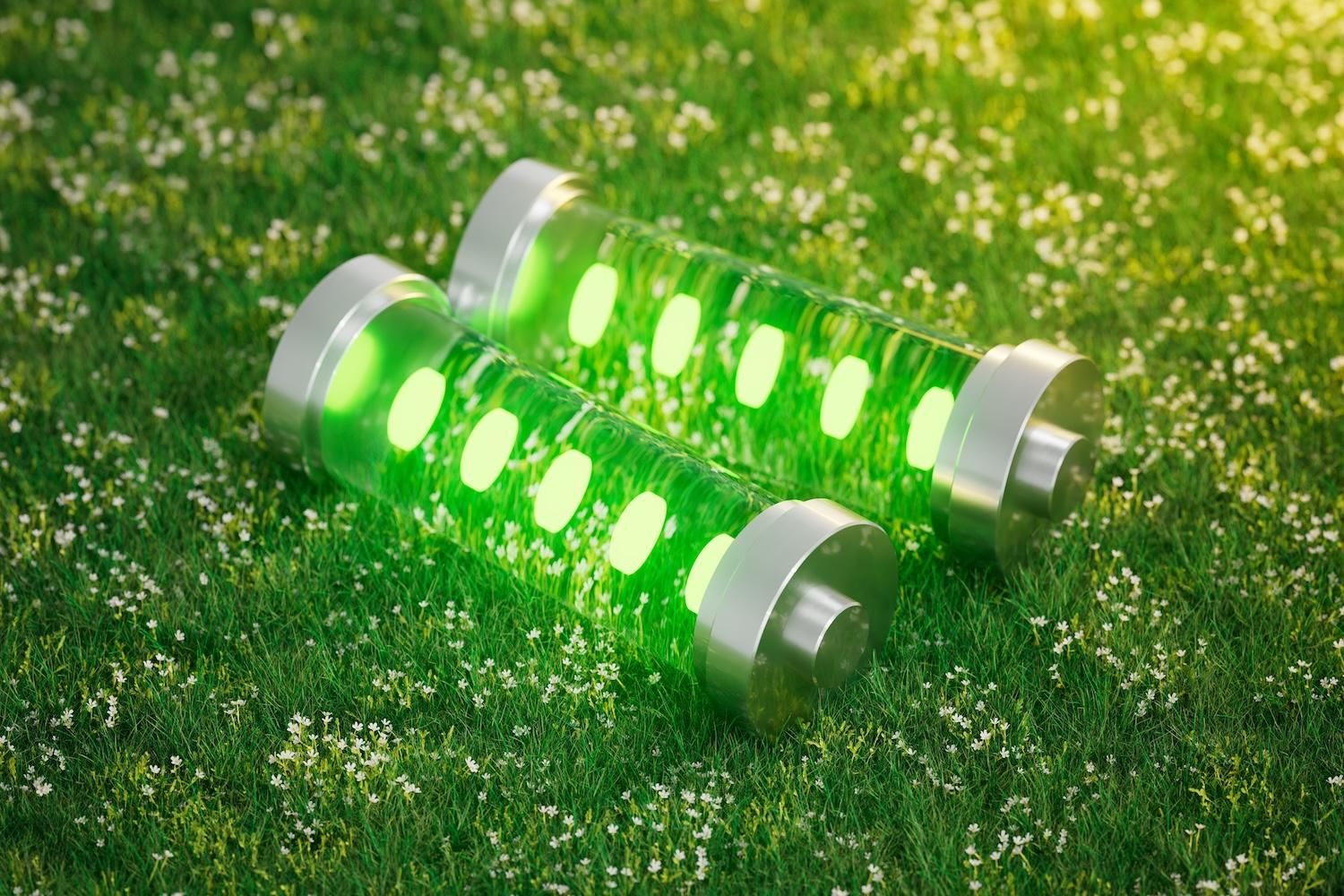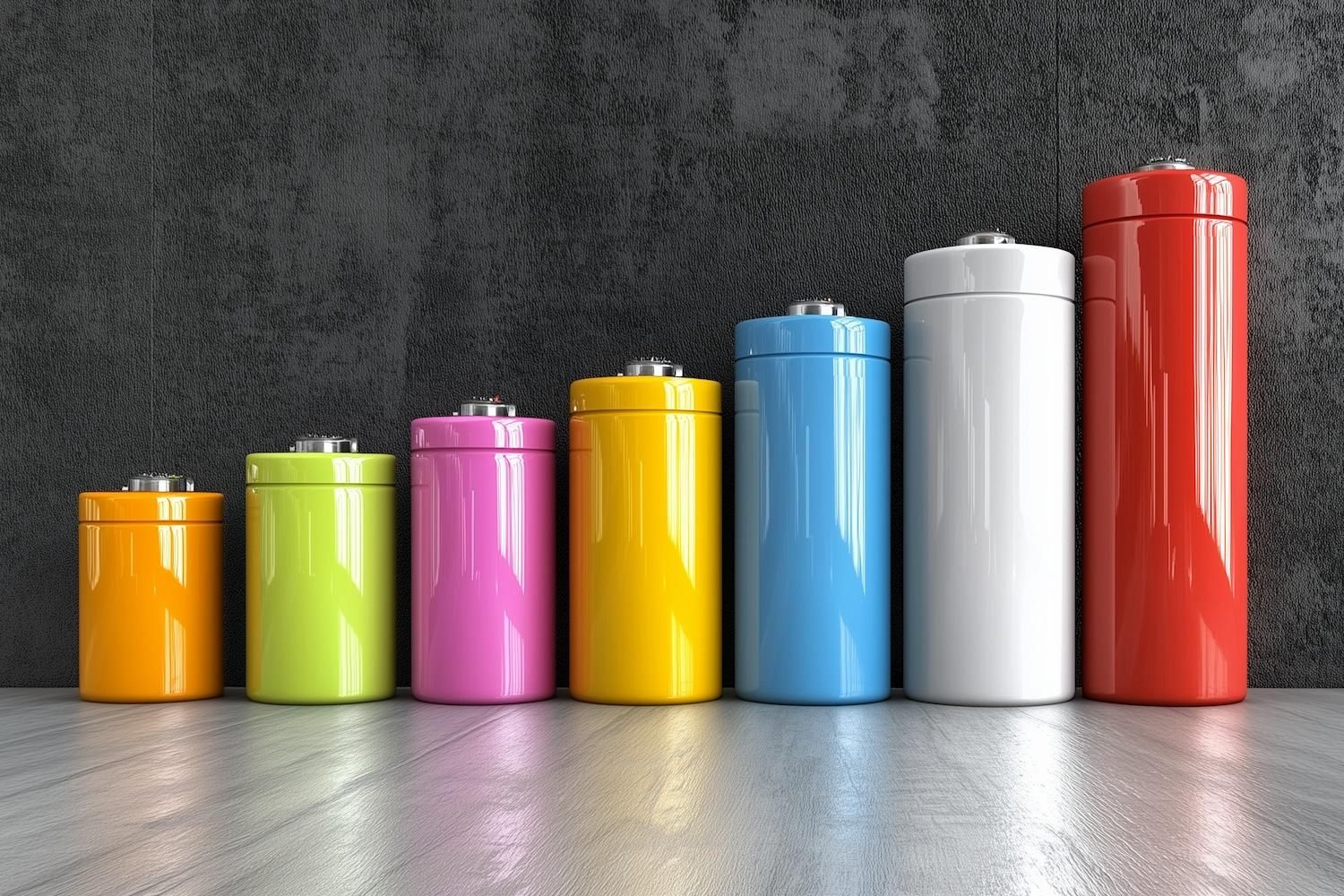
- NORTH AMERICA EDITIONAustraliaNorth AmericaWorld
November 15, 2023
The Board of Galan Lithium Limited (Galan or the Company) is very pleased to announce that it has signed a binding term sheet with a wholly owned subsidiary of Glencore plc (Glencore) global mining and trading company, for offtake for up to 100% of its premium lithium chloride concentrate from HMW (Marketing Offtake Agreement or MOA) and the offer to provide or facilitate a secured Financing Prepayment Facility (Facility) for US$70 to US$100 million, subject to conditions precedent being met.
- Binding offtake secured from Glencore, one of the world’s largest global diversified natural resource companies, for lithium chloride and/or lithium carbonate from Phase 1 production (see DFS ASX release 3 July 2023) at HMW
- Glencore offers to provide or facilitate a Financing Prepayment Facility for US$70 to US$100 million, subject to conditions precedent
- Offtake with Glencore does not require an export licence
- The agreement endorses Galan’s low-cost low-risk lithium chloride development strategy to become the next lithium producer in Argentina
- Discussions for the larger Phase 2 (see DFS ASX release 3 October 2023) HMW development are open and well advanced
- As previously announced Galan has commenced construction of Phase 1 HMW in September 2023 and remains on track for first pond fill in Q1-2024
- Commencement of production remains forecast for H1 2025
OFFTAKE AGREEMENT
Glencore will purchase technical grade lithium chloride product from Galan’s high-grade, low- impurity HMW Project in Catamarca Province, Argentina. The offtake commitment does not require Galan to have secured an export licence for its lithium chloride. Glencore will accept offtake for Galan’s lithium chloride to be toll treated into lithium carbonate for sale and export from Argentina.
The binding agreement is for a five (5) year period from commencement of commercial production for 100% of Galan’s Phase 1 production estimated at 5.4kt lithium carbonate equivalent (LCE) in lithium chloride concentrate per annum. The price payable by Glencore will be referenced to a mutually agreed lithium carbonate price index over a quotational period less a marketing fee, discount and penalties (if any).
The agreement is renewable subject to mutual agreement between Galan and Glencore.
FINANCING PREPAYMENT FACILITY
Galan is also delighted to have secured an offer from Glencore to provide or facilitate a binding proposal for the Facility to support funding of Phase 1, which is subject to certain conditions precedent being met including, amongst others, satisfactory due diligence to Glencore’s absolute discretion and draw down under the Facility will only become effective when the MOA and all transaction definitive documentation has been signed subject to Glencore’s satisfaction in its absolute discretion.
Galan believes that the execution of the binding term sheet for the MOA and Facility is a validation of the exceptional quality of the HMW Project and a strong endorsement of the experienced personnel with the requisite niche expertise which Galan has secured to successfully construct and deliver a lithium brine project in Argentina. Moreover, to underscore such confidence in the growth and future of Galan and its HMW Project, Galan and Glencore have agreed that Glencore will have first right to negotiate in respect of marketing and/or financing with regards to the future expansion of the HMW Project for Phase 2.
In parallel and whilst Galan is developing Phase 1 for maiden production at HMW in 1H 2025, the Company is also advancing discussions for the development of Phase 2 at HMW.
Galan’s Managing Director, Juan Pablo (JP) Vargas de la Vega, said:
“We are very delighted to announce Galan’s achievement of this very significant milestone on the path towards commencing commercial production at HMW in H1 2025. The agreement with Glencore is a validation of the quality our world class project and endorses the calibre and experience of Galan’s team. Our agreement with Glencore significantly de-risks our project and we are very well poised to secure finance for Phase 1 of the HMW Project. Importantly, Glencore’s funding assistance via the prepayment facility endorses our lithium chloride concentration strategy to deliver the HMW project, and provide returns to shareholders, in a shorter time frame.
We are today closer to becoming a significant and reliable producer of lithium, and thereafter growing our production in line with the expected rise in demand. Our momentum towards maiden commercial production continually strengthens and we look forward to updating investors on our progress.
We thank and acknowledge the work of our dedicated Board and personnel to reach this critical milestone. As always, we are grateful to our community and government in Argentina for their invaluable support of our development at HMW.”
Click here for the full ASX Release
This article includes content from Galan Lithium, licensed for the purpose of publishing on Investing News Australia. This article does not constitute financial product advice. It is your responsibility to perform proper due diligence before acting upon any information provided here. Please refer to our full disclaimer here.
GLN:AU
The Conversation (0)
20 April
Galan Lithium
Developing high-grade lithium brine projects in Argentina
Developing high-grade lithium brine projects in Argentina Keep Reading...
25 August
Galan Lithium Limited: SUCCESSFUL DUE DILIGENCE COMPLETED - $20M PLACEMENT TO PROCEED
Highlights: All conditions in relation to the $20 million placement to Clean Elements Fund have been satisfied. Due diligence undertaken by Clean Elements Fund validates the standing of Hombre Muerto West ( HMW ) as a world class lithium project, offering exceptional scale and grade. Galan is... Keep Reading...
24 August
Successful Due Diligence Ends - $20M Placement To Proceed
Galan Lithium (GLN:AU) has announced Successful Due Diligence Ends - $20m Placement To ProceedDownload the PDF here. Keep Reading...
01 August
Final At-The-Market Raise for 2025
Galan Lithium (GLN:AU) has announced Final At-The-Market Raise for 2025Download the PDF here. Keep Reading...
30 July
Quarterly Activities and Cash Flow Report
Galan Lithium (GLN:AU) has announced Quarterly Activities and Cash Flow ReportDownload the PDF here. Keep Reading...
28 July
Galan Lithium Limited: Incentive Regime for HMW Project in Argentina
Galan Lithium Limited (ASX: GLN,OTC:GLNLF) (" Galan " or " the Company ") is pleased to advise that the Comite Evaluador de Proyectos RIGI, responsible for awarding the Argentine Government's Régimen de Incentivo para Grandes Inversiones (the incentive regime for large-scale investments referred... Keep Reading...
05 December
Livium Receives A$663k in RsD Tax Incentive Rebates for VSPC
Livium Ltd (ASX: LIT) (“Livium” or the “Company”) advises that it has received A$663,000 in research and development ("R&D") tax incentive rebates from the Australian Tax Office for the 2025 financial year ("FY25"), relating to its wholly owned subsidiary VSPC Pty Limited ("VSPC"). The rebate... Keep Reading...
01 December
Why SQM Says Social Dialogue is Key to Sustainable Lithium
As scrutiny continues to intensify across the battery metals supply chain, the conversation around sustainability has moved far beyond carbon footprints. At this year’s Benchmark Week, Stefan Debruyne, director of external affairs at Sociedad Quimica y Minera de Chile (SQM) (NYSE:SQM), made that... Keep Reading...
27 November
Battery Storage Market Surging as Electricity Demand Enters New Era
Speaking at Benchmark Week, Iola Hughes, head of battery research at Benchmark Mineral Intelligence, outlined a market that is undergoing “very strong growth" and becoming indispensable to energy security.Hughes described energy storage as the fastest-growing segment in the battery sector today.... Keep Reading...
27 November
Inside Billionaire Gina Rinehart's Key Mining Investments
Australian billionaire Gina Rinehart has become a formidable force in the global mining industry. After taking the helm of her father’s iron ore firm Hancock Prospecting in 1993, she embarked upon a diversification strategy that has vastly expanded her resource empire. Now Australia’s richest... Keep Reading...
26 November
Long State Funding Update
Atlantic Lithium (A11:AU) has announced Long State Funding UpdateDownload the PDF here. Keep Reading...
24 November
CATL Reportedly Plans to Restart Key Chinese Lithium Mine by December
Contemporary Amperex Technology (SZSE:300750,OTC Pink:CTATF) is preparing to restart its Jianxiawo lithium mine in Jiangxi province as soon as early December, sources familiar with the matter told Bloomberg.The sources, who declined to be named, said the company, better known as CATL, has asked... Keep Reading...
Latest News
Latest Press Releases
Copper Quest Closes $1,927,000 Private Placement
05 December
Related News
TOP STOCKS
American Battery4.030.24
Aion Therapeutic0.10-0.01
Cybin Corp2.140.00







